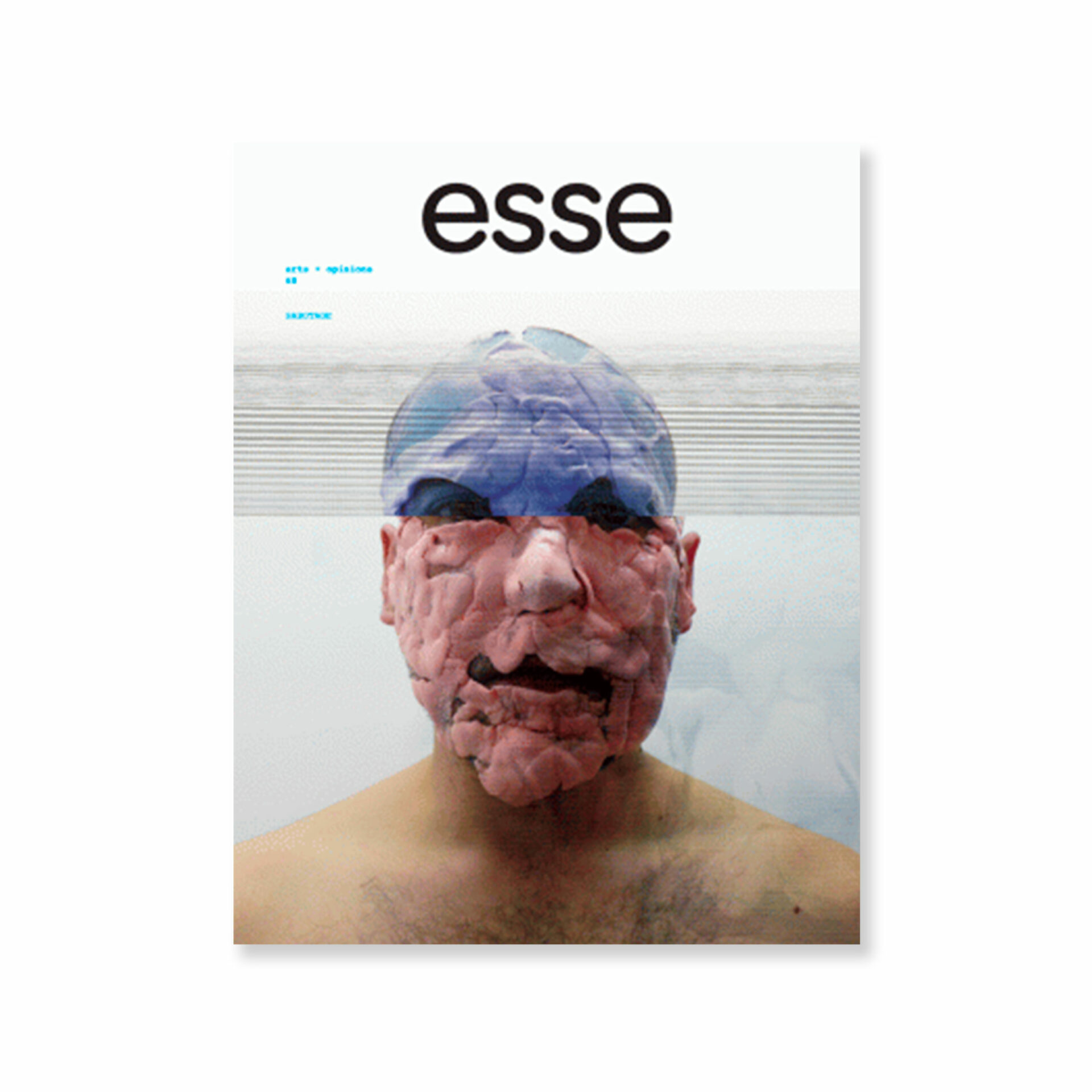On Artistic Sabotage
Despite a resurgence of art focused on the commodifiable object, practices favouring experience and politically engaged interventions are not completely absent from twenty-first-century artistic production. Among those practices often marked by social critique one finds some willing to shake up various value systems (including that of the arts) and disrupt public order, sometimes by attacking it directly, sometimes using more discreet--or barely visible--methods. The dossier presented here addresses the diverse forms of sabotage perpetrated by artists, both within and outside of the art world, and across disciplines as varied as performance, painting, installation, architecture and cinema. The infiltration of political and commercial structures, détournement, cultural dissidence, image-parasitism, questioning the notion of the signature, or scuttling one’s own project, are just a few of the strategies adopted by those practicing artistic sabotage.
The works analyzed in this issue generally have little to do with acts of material destruction or iconoclastic gestures. They are more subtle, but no less pointed, forms of sabotage in which the artist amuses him or herself with circumventing generally accepted rules–sometimes flirting with illegality, or sometimes blurring artistic codes and thus inviting us to question their role and range. Completing the idea of the artist as killjoy explored in the preceding issue, the artist-saboteur may have an even more negative image and thus one that is heavier to take on. Nonetheless, one notes that these practices lack neither humour nor a playful spirit. Moreover, it takes a certain measure of such to attack one’s own image. And, while on the subject, we opted to not merely bear passive witness to a variety of artistic sabotages, but to put them into practice ourselves by sabotaging this issue. This gesture of collusion with our graphic designers is, like all forms of sabotage, a little risky. Readers will likely find themselves disoriented to discover here, an incoherence in the normal order of pages and sections, and there, a graphic alteration of an image. This is not an attempt to trick the reader by obscuring our intentions (which would, in any case, be a mere hoax) but is rather one of trying out the concepts considered in these pages by shaking up the aesthetic comfort into which a magazine can all too easily settle.
[Translated from the French by Peter Dubé]
